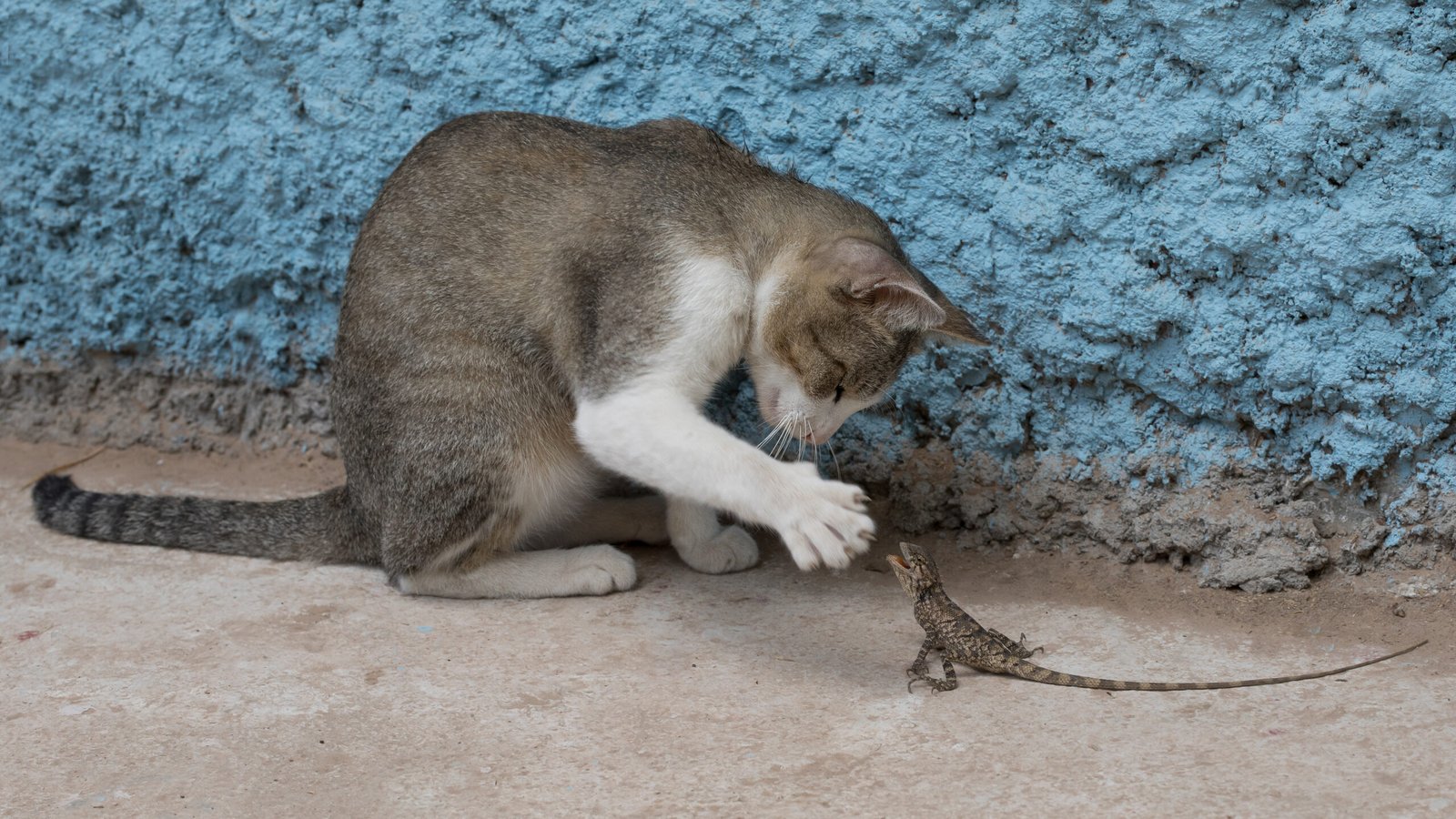Cats have always been a source of fascination for many. Their mysterious gaze, silent movements, and aloof demeanor make them seem like enigmatic beings from another world. While humans and cats share the same space, their perception of the world is vastly different. Let’s delve into the intriguing ways cats experience life differently from us.
Enhanced Night Vision
Cats are renowned for their ability to see in low light conditions. This isn’t just a myth; their eyes are equipped with a layer of cells called the tapetum lucidum. This layer reflects light that passes through the retina back into the eye, allowing cats to make the most of limited light. While humans might fumble in the dark, cats glide effortlessly, spotting even the tiniest movements. This ability is rooted in their ancestry as nocturnal hunters, where seeing in the dark could mean the difference between a full belly and an empty one.
A World of Vivid Colors

Though not as colorful as the human experience, a cat’s world isn’t just black and white. Cats see fewer colors than humans, but what they lack in color perception, they make up for in motion detection. They primarily see in shades of blue and green, missing out on the vibrant reds and pinks. This limited color palette is offset by their ability to detect even the slightest movement. For a cat, a world of shifting shadows and movements is far more engaging than a rainbow of colors.
Heightened Sense of Smell
While humans often rely on sight as their primary sense, cats have a highly developed sense of smell. It’s their secret weapon in understanding the world around them. A single whiff can tell a cat more than a human could gather with a glance. They use this ability to detect food, recognize territory, and even sense the emotional states of other animals. To put it in perspective, a cat’s sense of smell is approximately 14 times stronger than that of a human.
The Power of Whiskers
Whiskers are not just facial adornments; they are sophisticated sensory tools. A cat’s whiskers are deeply rooted in its skin and have a rich supply of nerves, making them incredibly sensitive. They can detect even the slightest changes in air currents, helping a cat navigate its environment with precision. This sensitivity allows cats to gauge the width of spaces and determine if they can fit through them, acting as built-in measuring tapes. While humans might rely on touch, cats “feel” their surroundings with their whiskers.
Ultrasonic Hearing
Cats have an impressive range of hearing, surpassing both humans and dogs. They can detect sounds in the ultrasonic range, which is useful for hunting small rodents that communicate at these frequencies. This acute sense of hearing allows cats to pinpoint the exact location of a sound, even if it’s hidden from view. Imagine being able to hear the rustle of a mouse in the grass from meters away; that’s the auditory world a cat lives in. This heightened sense further cements their reputation as stealthy predators.
Spatial Awareness and Balance
Cats are natural acrobats, and their spatial awareness is second to none. Their keen sense of balance allows them to walk along the thinnest of ledges without faltering. This is due in part to their flexible spine and tail, which acts as a counterbalance. While humans might need years of practice to master balance, cats are born with this innate ability. Their world is one where gravity seems to have less of a hold, allowing them to leap and land with unmatched grace.
Unique Communication Methods
Cats communicate in ways that often go unnoticed by humans. Beyond the meows and purrs, they use a combination of body language, scents, and subtle vocalizations to convey their feelings. A slow blink, for example, is a sign of trust and affection, while a flicking tail can indicate annoyance. Humans might miss these cues, but in the feline world, these are vital forms of interaction. Understanding these signals can deepen the bond between cats and their human companions.
Different Perception of Time
Time is a fluid concept for cats. They don’t operate on the same schedules that humans do. Instead, their routines are shaped by instinctual behaviors and environmental cues. While humans might be bound by clocks and calendars, cats live in the moment, responding to the immediate needs of hunger, play, and rest. This timeless existence allows them to adapt to changes with ease, making them resilient in the face of life’s unpredictabilities.
Instinctual Hunting Skills
Even the most domesticated cat retains the instincts of its wild ancestors. Hunting isn’t just about survival; it’s a deeply ingrained behavior. Cats practice their hunting skills through play, stalking toys with the same intensity they would a real prey. This instinctual behavior is a window into a cat’s world, where every movement is calculated and purposeful. For humans, this can be a reminder of the primal roots that lie beneath the surface of our furry friends.
Individualized Perception of Humans
Cats don’t see humans as just another animal. Their perception of us is unique and varies from cat to cat. Some might see humans as providers, others as playmates, and some as mere cohabitants. This individualized perception shapes their interactions and relationships with us. While a dog might see its owner as a pack leader, a cat might see its human as a fellow creature sharing the same space. This dynamic creates a bond that is both mysterious and deeply personal.
In conclusion, cats have a rich and varied perception of the world, distinct from humans yet equally fascinating. Their unique senses and instincts offer us a glimpse into a different way of experiencing life, one that is both captivating and humbling. As we continue to share our lives with these enigmatic creatures, we can appreciate the many ways they enrich our understanding of the world.





